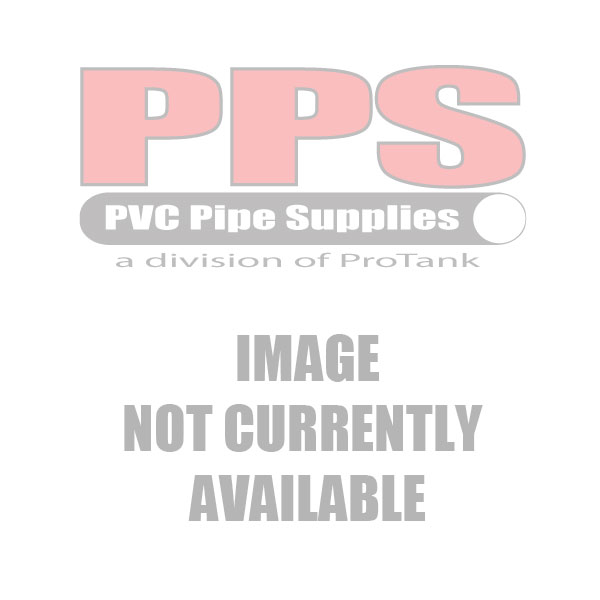
Are your plastic pipes protected from the harsh effects of sunlight? Can your pipes be damaged if left out in the sun? When PVC and CPVC pipes are used outdoors, exposure to UV radiation can affect their durability and performance over time. For contractors, DIY enthusiasts, and industry professionals, it’s important to understand how sunlight interacts with these materials to ensure long lasting, reliable plumbing systems. This guide will explore how UV rays affect PVC and CPVC pipes, the manufacturing methods and material properties that improve their sunlight resistance, and practical steps you can take to maximize their lifespan in outdoor environments. Whether you're building irrigation systems, plumbing, or industrial setups, equipping yourself with this knowledge will help protect your investment and achieve optimal performance. Let’s take a closer look at how sunlight affects PVC and CPVC pipes and discover the best strategies to safeguard them for years to come.
The Effects of Sunlight on Plastic Pipes
UV Radiation Explained
Sunlight, as we know, is a powerful natural force, and its ultraviolet (UV) radiation is one of its most significant components. UV radiation is a type of electromagnetic energy that, over time, can break down materials at the molecular level. While UV rays are vital for life on Earth, they can have a negative impact on certain materials, especially plastics. Prolonged exposure to sunlight can lead to surface level changes that compromise an item’s structural integrity and functionality, in effect reducing its lifespan.
Impact on Plastic Materials
Plastic pipes, such as PVC and CPVC, are strong and versatile, but they are not immune to UV light exposure. The sun’s UV rays can degrade the polymers that make up these materials, starting a process known as photodegradation (light driven breakdown). During this process, UV energy causes the chemical bonds in the plastic to weaken or break apart, leading to noticeable changes and damage that increase over time of exposure.
The most common symptoms of UV damage in plastic pipes include:
- Discoloration: A visible yellowing or fading of the pipe’s surface caused by molecular changes from UV exposure.
- Brittleness: Loss in flexibility and increased susceptibility to cracking as the material’s structure weakens.
- Surface Cracking: Tiny cracks can appear on the surface that can spread and impact the pipe’s performance and reliability.
While these changes may seem superficial, they can reduce the pipe’s overall strength, making it less resistant to physical stress and reducing its longevity.
Why This Matters
For outdoor pipe applications, it’s critical to understand the effects of UV radiation. Pipes exposed to constant sunlight must be able to withstand the potential degradation caused by ultraviolet rays. Otherwise, their performance in irrigation, drainage, or industrial systems can be significantly reduced and they will eventually need to be replaced. By recognizing the risks and symptoms of UV damage, you can take proactive steps to protect your investment and ensure your piping systems remain reliable during prolonged outdoor use.
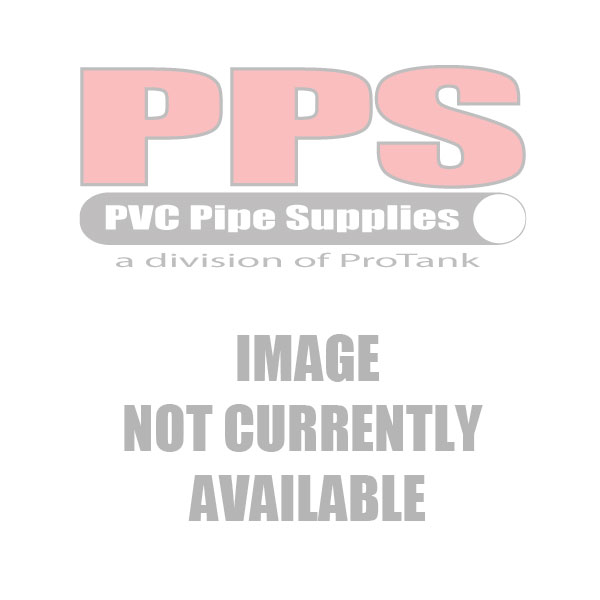
Specific Impact of Sunlight on PVC and CPVC
Impact on PVC
PVC, (polyvinyl chloride, uPVC or unplasticized PVC), is a durable and widely used piping material. However, when exposed to sunlight for extended periods, it undergoes surface oxidation from UV radiation -- a common concern in many plastics. This results in noticeable discoloration, typically a yellowish or dull appearance on a pipe's surface. While these visual changes may not always seem alarming, they indicate structural changes within the material.
Over time, prolonged UV exposure can lead to a reduction in the pipe’s mechanical strength and flexibility. The polymers in PVC degrade, which causes the material to become more brittle. Although initial damage may not be severe enough to affect the pipe’s functionality, continuous exposure can compromise its ability to handle physical stress and lead to potential pipe failure.
Impact on CPVC
CPVC, (chlorinated polyvinyl chloride), shares many properties with standard PVC but offers some unique advantages, especially for outdoor applications. Like PVC, CPVC can experience surface discoloration and oxidation when exposed to UV radiation. However, this is often more a concern for poorer quality CPVC and premium CPVC pipe exhibits better overall UV resistance compared to PVC. Its chemical composition and specific formulation allow CPVC to tolerate higher temperatures and harsher conditions that also makes it more suitable for outdoor environments when exposure is unavoidable.
An important edge CPVC has over PVC is its increased thermal and chemical resistance. These properties make it ideal for applications where sunlight exposure coincides with higher temperatures or aggressive chemicals, such as in industrial or heated plumbing systems. While degradation from sunlight can still occur, the material's structural integrity tends to remain intact for longer compared to PVC.
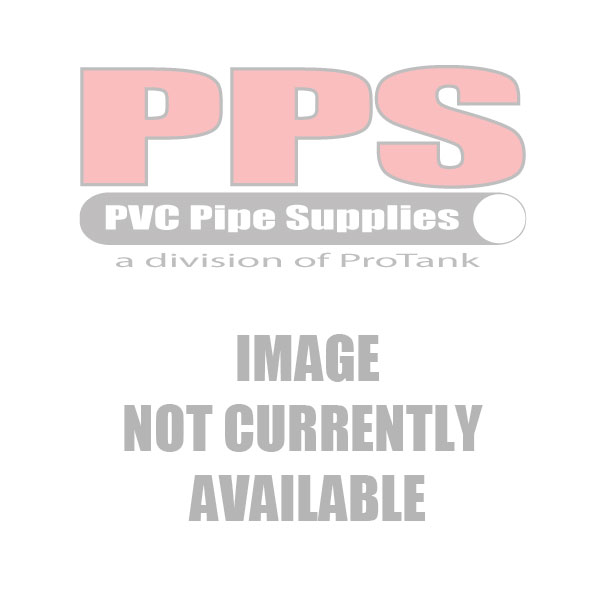
Comparing PVC and CPVC Sunlight Resistance
When comparing PVC and CPVC, the noticeable differences in their reaction to sunlight UV radiation come down to two factors: rate of degradation and length of outdoor service potential. PVC is more prone to quicker surface damage from UV exposure including discoloration, brittleness, and mechanical weakening. CPVC, with its higher strength, greater resistance to heat and chemical impact, has a slower rate of UV driven degradation and maintains its usability longer.
However, it’s important to note that neither material is immune to the effects of sunlight. For both PVC and CPVC, additional protective measures, such as UV resistant coatings or coverings, are key to maximizing their longevity in outdoor applications. Understanding these differences can help you make better choices about which material best suits your project and delivers the reliability and durability you need regardless of exposure conditions.
How PVC and CPVC Are Designed to Resist UV Damage

Manufacturing Additives
Manufacturers have developed specialized techniques to improve PVC and CPVC pipes' sunlight resistance. One of the main advancements is the addition of UV stabilizers during production. These additives absorb or dissipate the energy from UV rays, preventing it from breaking down the polymers in the material. Ultraviolet stabilizers, such as titanium dioxide (TiO2) and carbon black, are commonly used to shield the pipe’s surface and slow degradation. Plastic pipes with these additives can often be spotted by their dark gray or black color, such as our schedule 80 PVC pipe and our CPVC plastic pipe.
Beyond additives, many pipes are treated or can be treated with protective coatings or surface treatments designed to enhance their UV resistance. These external layers act as a barrier that minimizes direct exposure to sunlight and prolongs the pipe’s lifespan in outdoor installations. Such coatings are especially useful in applications where the pipes are being exposed to sunlight.
Industry Standards
To ensure reliable performance, the production of PVC and CPVC pipes often adheres to specific industry standards that address UV resistance. Standards such as ASTM D2565 and ISO 4892 outline the testing and performance requirements for UV exposure in plastic materials. They are in place to ensure plastic pipes meet certain durability thresholds. By following these specifications, manufacturers can guarantee that their products are suitable for outdoor use and various conditions.

Built in Color Advantages
Color can also play a role in protecting a pipe from sunlight UV exposure. Pipes with darker shades, like gray or black, often demonstrate improved resistance to sunlight. This improved resistance comes from the color pigments or stabilizing compounds added in their manufacturing, which absorb or block UV rays more effectively than lighter colors. For example, gray PVC and CPVC pipes are popular for outdoor applications because they have UV shielding properties.
By selecting pipes that include these design features, you can achieve better performance and service life for outdoor plumbing. Material additives, industry standards, and pipe color all work together to create a stronger, longer lasting solution.
Practical Tips for Protecting PVC and CPVC Pipes Exposed to Sunlight
Cover the Pipes
One of the simplest and most effective ways to protect PVC and CPVC pipes from sunlight is to cover them. Pipe insulation wraps, foam covers, or flexible shields can provide a physical barrier that directly blocks UV rays. These coverings are especially useful in applications where pipes are placed above ground and left exposed for long periods. For larger pipe systems, consider using custom fitted sleeves or enclosures to reach complete coverage. Properly installed coverings can significantly reduce UV exposure and extend the lifespan of plastic pipes.
Use UV Resistant Paints
Another effective method is to apply a layer of UV resistant paint to exposed pipes. Such paints are specially formulated to reflect or absorb harmful UV rays and minimize the effects of sunlight. When using this method, choose a paint that is PVC or CPVC compatible -- often labeled on the can as "paint for plastic," and verify it mentions PVC / CPVC -- as this will prevent or greatly limit adhesion issues or damage to the material. A light colored or reflective paint can provide an additional advantage by reducing the amount of heat absorbed that may further protect pipes installed in high temperature environments.
Another option for outdoor projects that won't be pressure loaded, as in carrying water under pressure, is to opt for furniture grade PVC pipe and furniture pipe fittings. Furniture pipe has colorants and UV stabilizers added during manufacturing that greatly improves the pipe's sunlight resistance compared to traditional white PVC. Note, however, furniture PVC pipe will have a higher purchase price than plain PVC.
Proper Installation Practices
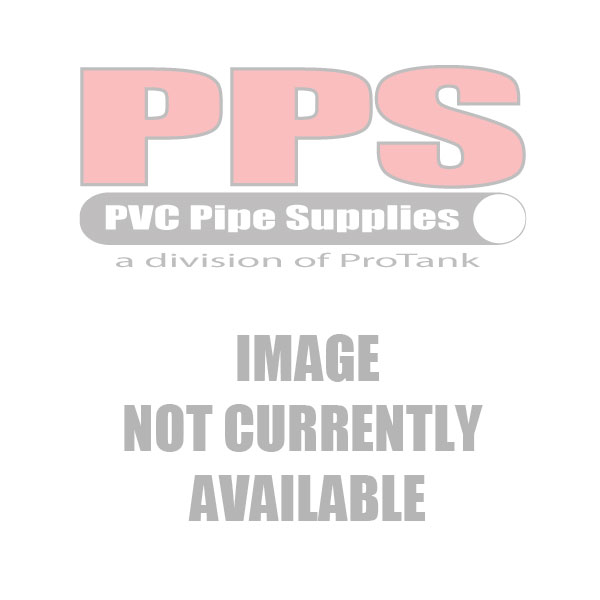
Good installation practices will also play a role in protecting PVC and CPVC pipes from sunlight. During installation, avoid prolonged exposure to direct sunlight by keeping the pipes covered or stored in shaded areas until they are ready to be used. Strategic placement of piping systems can help, such as routing pipes along shaded parts of a structure or burying them underground when possible. These small but important considerations can reduce the amount of direct sunlight the pipes encounter over their service life.
Routine Maintenance
Even with protective measures in place, regular maintenance should be performed to ensure the long term durability of PVC and CPVC pipes. Inspect exposed pipes periodically for early signs of UV damage, such as discoloration, surface cracking, or brittleness. Addressing these issues promptly can prevent more severe problems such as leaks or pipe failure. Maintenance schedules can also include reapplying UV resistant paint or replacing damaged coverings as needed for optimal protection.
By combining these practical tips, you can protect your piping systems from the harmful effects of sunlight. Thoughtful planning, proper installation, and regular upkeep will maximize the lifespan and performance of PVC and CPVC pipes in outdoor applications.
Long Term Implications of UV Exposure on Pipes
Performance Over Time
When PVC and CPVC pipes are left unprotected against ultraviolet (UV) radiation, their mechanical strength and overall useful life can diminish as time passes. Prolonged exposure to sunlight gradually weakens the pipe's structural integrity, leading to brittleness and surface degradation. This can be especially problematic for outdoor applications, as deteriorated pipes are less able to withstand the stressors of operation, physical impacts, or environmental conditions like fluctuating temperatures.
From a cost perspective, the gradual loss of durability can result in frequent repairs or premature replacement of pipes that will increase overall expenditures. By protecting pipes from UV damage, you not only extend their working life but also reduce the costs associated with maintenance or replacement.
Safety Risks
Ultraviolet related degradation does more than affect the appearance and durability of pipes — it also poses significant safety risks. Cracking, loss of flexibility, and chemical breakdowns in the material can lead to leaks or bursts in the piping system. For plumbing or irrigation, such failures may cause wasted water, flooding, or disruptions to operations. In industrial applications involving chemicals or pressurized systems, compromised pipes can result in hazardous spills that can pose significant risks to workers and the environment.
Therefore, safeguarding pipes from sunlight not only preserves their performance but also actively works to mitigate potential issues and safety hazards.
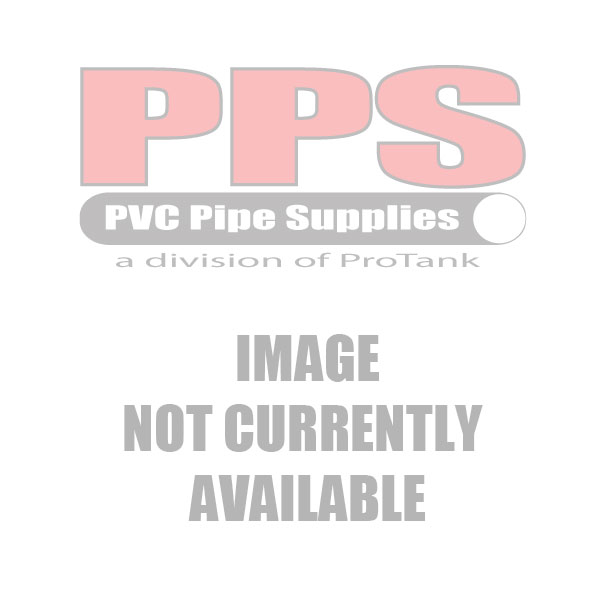 |
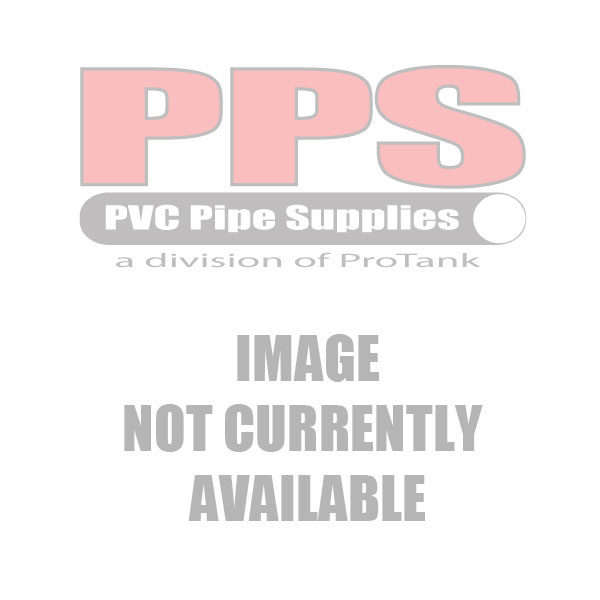 |
When to Replace
Knowing when to replace pipes that have been exposed to sunlight is critical for avoiding costly failures. Here are some key indicators that suggest replacement might be necessary:
- Discoloration: Pipes that have turned significantly yellow or faded have likely undergone UV degradation.
- Brittleness: Touch and inspect the pipe’s surface for cracks or a noticeable loss in flexibility.
- Cracking: Tiny surface cracks, even if not yet severe, indicate structural weakening.
- Detection of Leaks: Any indication of leakage can signal that sunlight exposure has compromised the material and should prompt immediate attention.
By routinely inspecting piping systems and addressing issues early, you can effectively manage the risks resulting from long term UV exposure. Proactive interventions ensure the safety and operation of your systems while keeping costs under control.
Takeaway
Understanding how sunlight impacts PVC and CPVC pipes is essential for anyone working with outdoor piping systems. By exploring the effects of UV radiation, possible UV resistant features in these materials, and practical tips for protection, you can make good decisions towards the lasting durability and performance of your installations. Key takeaways from this guide include recognizing the symptoms of UV degradation and proactive measures to implement like covering pipes, using UV resistant paints, and following the best installation practices. Knowing the right precautions ensures your plumbing systems stay reliable and operational.
If you’re seeking pipe supplies for outdoor systems, consider exploring our UV resistant PVC pipe, CPVC pipe, and fittings. Our comprehensive range of products ensures you find the right fit for your needs.
Find Our Products
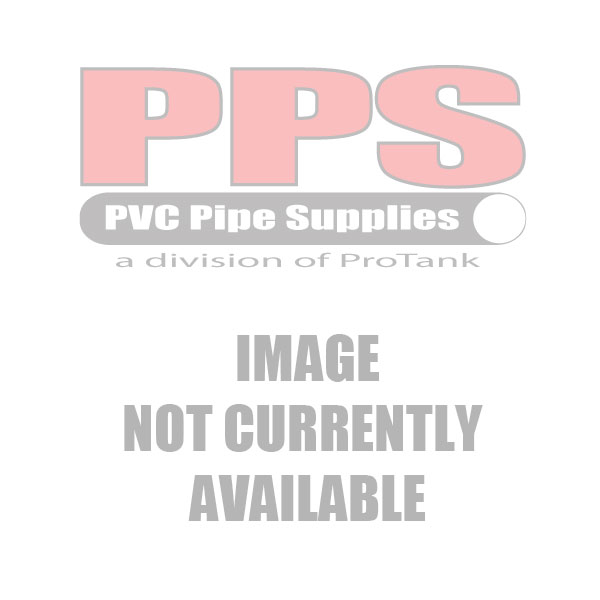 |
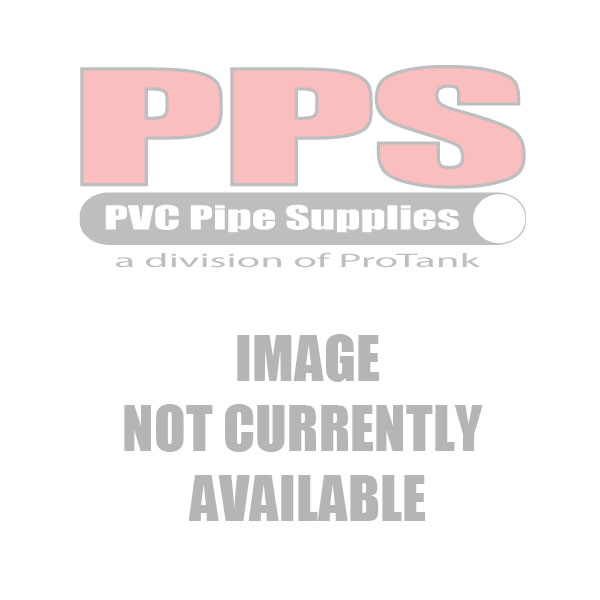 |
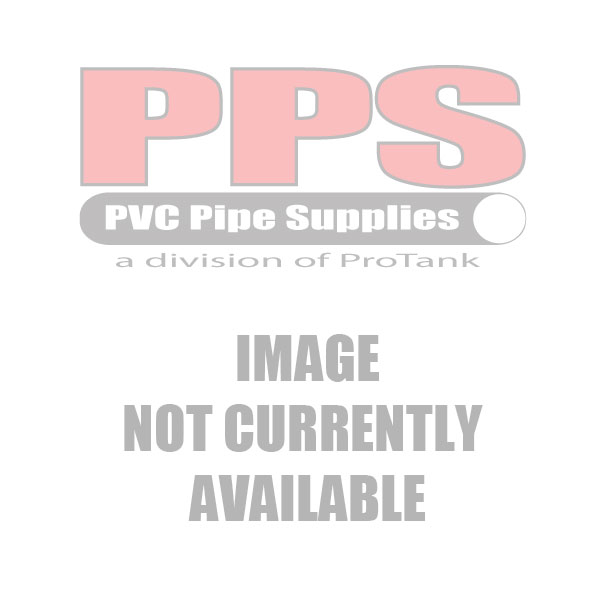 |
Other Resources
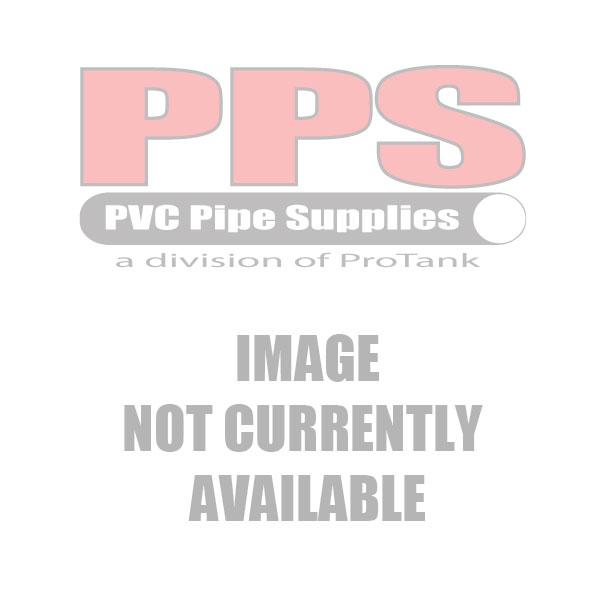 |
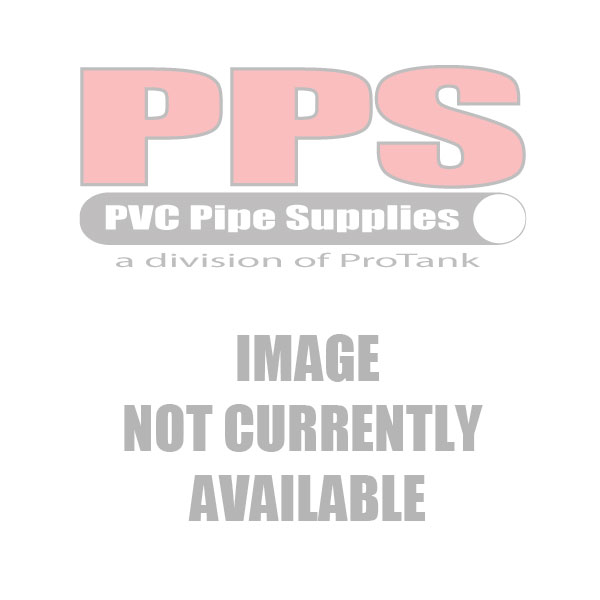 |
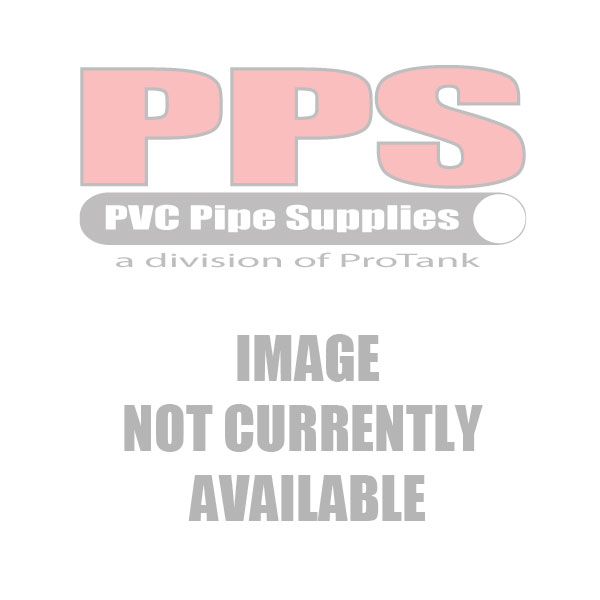 |